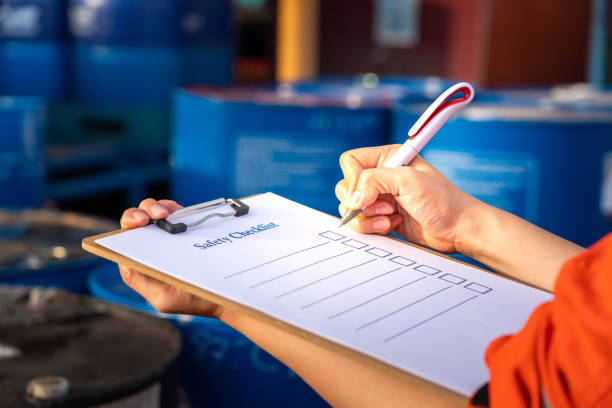Isn’t it amazing to be able to use an embroidery machine to sew an image of someone you love? What are your thoughts? Of course, you can. Using inexpensive or even free software, you can convert an image to an embroidery file. Let’s grab our iPhones and take some photos because I will show you exactly how to do it. You should know that converting an image (for example, to JPG) isn’t as easy as pressing a button. There is some work involved, and some photographs are easier to convert into embroidery files than others.
As To understand why converting a picture (like a JPG) into an embroidered file (such as a PES, DST, JEF, etc….) is a bit more complicated than simply clicking a “convert” button, I need to explain how images and embroidery files differ. Then I’ll go over how to perform this type of conversion using some quite affordable (and even free) embroidery digitizing software.
WHY DO WE TAKE PICTURES?
Yes, I know, we all understand what an image is. It’s a representation of something. But, before the early s, most of us probably thought of images as something we held in our hands after having them developed at the local camera store.
Millions of different coloured pixels can be combined to form a single image. Most monitors offer over 24 million different colours; therefore, these pixels can be made up of a plethora of different hues! Pixel-based images capture photo realism well Images can contain many different colors due to pixels’ ability to be a wide variety of colors.
Image format: JPG
JPG (or JPEG) is the most common pixel-based image file type. Almost always, when you transfer an image from your phone to your computer, it is in JPG format. JPG files include compression, which is one of the reasons why they are so popular. Therefore, their quality is relatively excellent when compared to their uncompressed counterparts. Another reason they are so popular is that they can be viewed on a web page.
The PNGS and the GIFS
Another type of pixel-based image is a gif or ping. These can also be converted to embroidery files. Their features vary from those of jpgs, however. PNG files and GIFS files both support transparent backgrounds. JPG does not support transparent backgrounds. Hence, saving an image as a GIF or PNG is the only way to remove the backdrop before converting it to an embroidery file.
An image-based on vectors
Vector-based images differ from pixel-based images. Pixel-based images are saved on the computer pixel by pixel, which results in a LOT of data. Pixel-based images can make photorealistic graphics because of their nature. On the other hand, vector-based graphics are saved on the computer as points and direction lines. Computer-generated photos are generated from data. Therefore, a vector-based image can be scaled up and yet seem clear and clean at any size.
The disadvantage of vector-based images is that they are made up of flat color shapes. Therefore, vector-based visuals tend to look whimsical rather than photorealistic.
Conclusion
The more colors in your image, the more difficult it will be to convert it into an embroidery design. Images that utilize a wide range of colors will not translate well to embroidery, since each thread must have a distinct Color.
Some pixel-based images (such as jpg) convert to embroidery files more easily than others. JPG photographs with fewer colours that aren’t intended to be photorealistic will be the easiest to convert into embroidery files. It’s because they have huge chunks of solid Color, which embroidery software detects more quickly as uniform blanks.
Looking to digitize a file for embroidery? BitsnPixs provides the best embroidery digitizing service with professional digitizers for the past decade.
